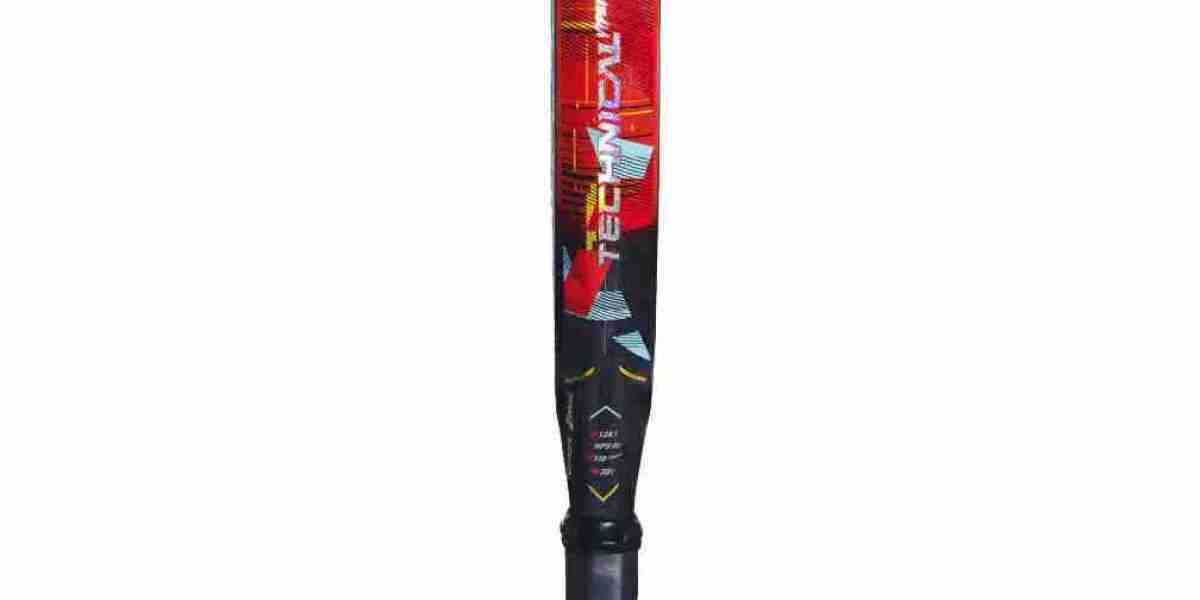Padel racquets, also known as paddle racquets, are designed specifically for the sport of padel, which is a combination of tennis and squash. Padel is a racquet sport that is played on an enclosed court with glass walls and a solid floor. Here's how a padel racquet is useful in the game:
Power and Control: Padel racquets are engineered to provide a balance of power and control. They are usually made of lightweight materials such as carbon fiber or fiberglass, which allows players to generate powerful shots while maintaining control over the ball. The construction of the racquet, including its shape, weight distribution, and grip size, influences the player's ability to execute shots with precision.
Maneuverability: Padel racquets are generally smaller in size compared to traditional tennis racquets. The compact size and shape make them highly maneuverable, enabling players to react quickly to shots and move around the court efficiently. This maneuverability is particularly advantageous in the fast-paced nature of padel, where players need to be agile and responsive to the ball.
Ball Control: The surface of a padel racquet typically features a rough texture or perforations that enhance ball control. These design elements increase the friction between the racquet and the ball, allowing players to generate spin and manipulate the ball's trajectory with greater ease. The enhanced ball control helps players execute various shots, including powerful drives, accurate lobs, and well-placed volleys.
Durability: Padel racquets are designed to withstand the demands of the game. They are built to be durable and resistant to impacts from the ball, the walls, and the floor. The materials used in their construction are chosen for their strength and resilience, ensuring that the racquet can endure the rigors of intense gameplay without easily breaking or getting damaged.
Vibration Dampening: Padel racquets often incorporate technologies or materials to dampen vibrations produced upon ball impact. This reduces the transmission of shock and vibrations to the player's arm, minimizing the risk of discomfort or injury, such as tennis elbow or similar repetitive strain injuries.
In summary, padel racquets offer players a combination of power, control, maneuverability, ball control, durability, and vibration dampening. These characteristics are specifically tailored to the unique demands of the sport of padel, enhancing the player's performance and overall enjoyment of the game.
also see:









